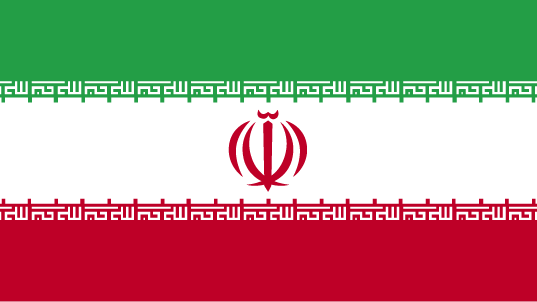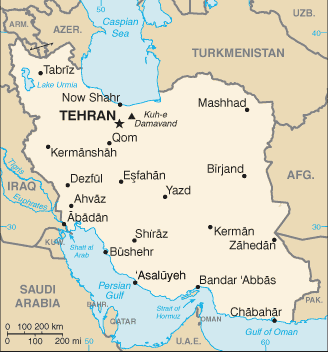Investing in Iran


Iran's economy is marked by an inefficient state sector, reliance on the oil sector, which provides the majority of government revenues, and statist policies, which create major distortions throughout the system. Private sector activity is typically limited to small-scale workshops, farming, and services. Price controls, subsidies, and other rigidities weigh down the economy, undermining the potential for private-sector-led growth. Significant informal market activity flourishes. The legislature in late 2009 passed President Mahmud AHMADI-NEJAD's bill to reduce subsidies, particularly on food and energy. The bill would phase out subsidies - which benefit Iran's upper and middle classes the most - over three to five years and replace them with cash payments to Iran's lower classes. However, the start of the program was delayed repeatedly throughout 2010 over fears of public reaction to higher prices. This is the most extensive economic reform since the government implemented gasoline rationing in 2007. The recovery of world oil prices in the last year increased Iran's oil export revenue by at least $10 billion over 2009, easing some of the financial impact of the newest round of international sanctions. Although inflation has fallen substantially since the mid-2000s, Iran continues to suffer from double-digit unemployment and underemployment. Underemployment among Iran's educated youth has convinced many to seek jobs overseas, resulting in a significant "brain drain."
Bank Mellat - http://www.bankmellat.ir/
Stock Exchange of Tehran - http://www.tse.ir/
Tejarat Bank - http://www.tejaratbank.ir/en/
TOTAL Iran - http://www.total.ir/
Countries that border Iran: Iraq | Turkey | Armenia | Azerbaijan | Turkmenistan | Afghanistan | Pakistan
Learn more:
Back to Country Investing



